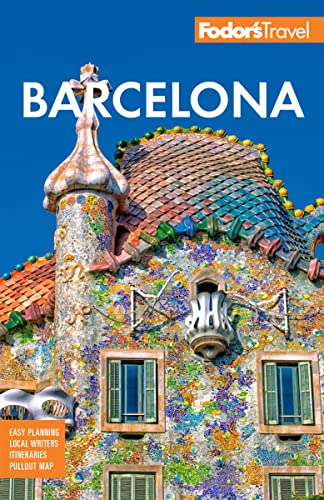Car Travel
Major routes throughout Spain bear heavy traffic, especially in peak holiday periods, so be extremely cautious; Spain has one of the highest traffic accident rates in Europe, and the roads are shared by a mixture of local drivers, immigrants en route elsewhere from Eastern Europe and North Africa, and non-Spanish travelers on vacation, some of whom are more accustomed to driving on the left-hand side of the road. Watch out for heavy truck traffic on national routes. Expect the near-impossibility of on-street parking in the major cities. Parking garages are common and affordable, and provide added safety to your vehicle and possessions.
The country’s main cities are well connected by a network of four-lane autovías (freeways). The letter N stands for a national route (carretera nacional), either four- or two-lane. An autopista (AP) is a toll road. At the tollbooth plazas (the term in Castilian is peaje; in Catalan, peatge), there are three systems to choose from—automàtic, with machines for credit cards or coins; manual, with an attendant; or telepago, an automatic chip-driven system mostly used by Spanish drivers.
Getting Around and Out of Barcelona
Arriving in Barcelona by car from the north along the AP7 autopista or from the west along the AP2, follow signs for the Ronda Litoral (the coastal ring road—but beware: it’s most prominently marked "Aeroport," which can be misleading) to lower and central Barcelona along the waterfront, or the Ronda de Dalt (the upper-ring road) along the edge of upper Barcelona to Horta, the Bonanova, Sarrià, and Pedralbes. For the center of town, take the Ronda Litoral and look for Exit 21 ("Paral.lel–Les Ramblas") or 22 ("Barceloneta–Via Laietana–Hospital de Mar"). If you are arriving from the Pyrenees on the C1411/E9 through the Tunel del Cadí, the Tunels de Vallvidrera will put you on the upper end of Via Augusta with off-ramps to Sarrià, Pedralbes, and La Bonanova. The Eixample and Ciutat Vella are 10–15 minutes farther if traffic is fluid. Watch out for the new variable speed limits on the approaches to Barcelona. While 80 kph (48 mph) is the maximum speed on the rondas, flashing signs over the motorway sometimes cut the speed limit down to 40 kph (24 mph) during peak hours.
Barcelona’s main crosstown traffic arteries are Diagonal (running diagonally through the city) and the midtown avenues, Carrer d’Aragó, and Gran Via de les Corts Catalanes, both cutting northeast–southwest through the heart of the city. Passeig de Gràcia, which becomes Gran de Gràcia above Diagonal, runs all the way from Plaça de Catalunya up to Plaça Lesseps, but the main up-and-down streets, for motorists, are Balmes, Muntaner, Aribau, and Comtes d’Urgell. The general urban speed limit is 50 kph (30 mph).
Getting around Barcelona by car is generally more trouble than it’s worth. It’s better to walk or travel via subway, taxi, or bus.
Leaving Barcelona is not difficult. Follow signs for the rondas, do some advance mapping, and you’re off. Follow signs for Girona and França for the Costa Brava, Girona, Figueres, and France. Follow Via Augusta and signs for Tunels de Vallvidrera or E9 and Manresa for the Tunel del Cadí and the Pyrenean Cerdanya valley. Follow Diagonal west and then the freeway AP7 signs for Lleida, Zaragoza, Tarragona, and Valencia to leave the city headed west. Look for airport, Castelldefells, and Sitges signs to head southwest down the coast for these beach points on the Costa Daurada. This C32 freeway to Sitges joins the AP7 to Tarragona and Valencia.
For travel outside Barcelona, the freeways to Girona, Figueres, Sitges, Tarragona, and Lleida are surprisingly fast. The distance to Girona, 97 km (58 miles), is a 45-minute shot. The French border is an hour away. Perpignan, at 188 km (113 miles) away, is an hour and 20 minutes.




